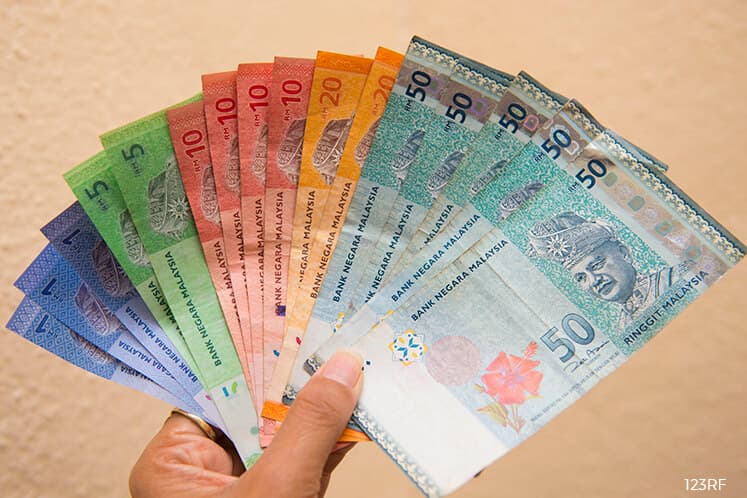
KUALA LUMPUR: Malaysia’s path towards high-income nation by year 2020 could be hindered by the weakness in ringgit recently, according to the Minister in the Prime Minister’s Department Datuk Abdul Rahman Dahlan.
Abdul Rahman shared with the media on the sidelines during the Global Transformation Forum 2017, that the Vision 2020 remains relevant to the country and that the Economic Planning Unit (EPU) is still looking at the achievement and income growth of the country against the benchmark that the country has set.
“At the end of the day, we still talk about Vision 2020 irrespective of whether Dr Mahathir is in the opposition [party] or not. EPU is still looking at the achievement and hopefully in three years, we can achieve the benchmark that we aspire to be.
“But obviously, in terms of the high-income nation status, the challenge is of course the ringgit at the moment. However, Abdul Rahman said that it should be possible for Malaysia to achieve US$15,000 income per capita but with the falling value of the ringgit, it would be a great challenge.
Recall that the ringgit has weakened significantly from about RM3.20 against the US dollar in 2014 to its current level at RM4.4272 as of yesterday. The weakness in the local currency was mainly due to the collapse in the oil price in late 2014. However, despite a rebound in the oil price recently, the ringgit remained weak and has yet to show signs of recovery.
This has led to questions on the purchasing power of Malaysians. While individuals’ earnings continue to grow, in terms of ringgit, the purchasing power of Malaysians, however, has been weakened by the sharp depreciation of the local currency.
In terms of US dollars, the average income per person in Malaysia has fallen by as much as 15% to US$8,821 in 2016 from US$10,345 in 2013. However, if it is viewed from the local currency, there is a growth from RM32,596 in 2013 to RM37,930 in 2016.
Abdul Rahman, however, noted that beyond the high-income status, the government has made significant achievement to elevate the poverty group in the country.
He shared that the growth income of the bottom 40 households (B40) is faster than the middle 40 households (M40) and top 20 households (T20).
“The income growth of B40 is faster than the M40 and T20. That is very good. I thwink that the B40 income growth is about 13% from 2009 to 2014. That tells you our policy is working,” he added.
While it is a positive indicator to see the B40 move into the M40 group, it is a concern if there is truth in the middle-income trap that Malaysians are concerned about.
A day before, Prime Minister Datuk Seri Najib Razak debunked that concern, highlighting that a middle-income trap was a concern prior to the National Transformation Programme. However, if the B40’s growth continued to outpace the M40 and T20, it could be an indicator that more people are stuck at the middle-income group.
Abdul Rahman also pointed out that the B40 contributed about 16.5% of the country’s gross national income. The government aims to increase it to about 20%.